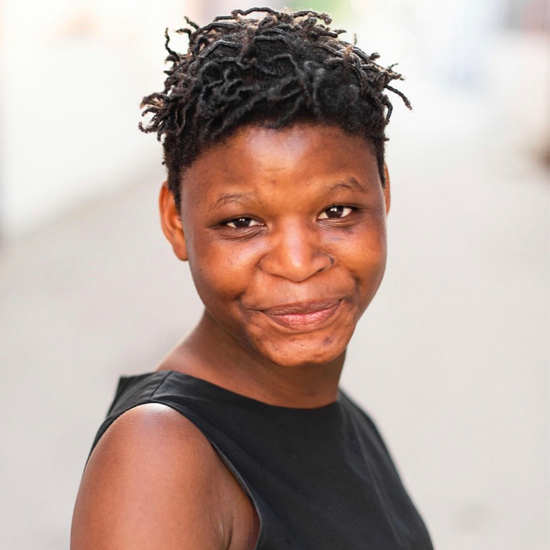When did you first observe that your child had unique challenges related to Dyspraxia?
Our daughter, Wendinda is a warrior. Adopted from West Africa at age 9, she had severe Dyspraxia in addition to an anoxic brain injury caused by Meningitis. She had endured these conditions all alone, with no intervention. When she came home to our family, even simple tasks such as climbing stairs, sitting in a chair, or navigating getting in and out of bed were a challenge. Not only did Winny, as we call her, have gross motor challenges, she also was completely non-verbal with no form of conventional communication.
Now at age 15, Winny has made significant gains. She has learned how to navigate daily tasks such as getting dressed, buckling her seatbelt, and navigating her environment. Most importantly, 3 years ago Winny gained her voice through cued speech. Although Winny also has a cognitive impairment, her greatest challenge every day is her severe Dyspraxia that effects every aspect of her daily life. She approaches each day with pure joy. You’ll always encounter Winny with a smile on her face, she’s a warrior.
Iʼm not sure that Winny knows sheʼs different from other kids. She celebrates every person and admires them for who they are. She loves to observe people and finds joy in seeing what they can do. She celebrates every accomplishment she achieves, even a simple task like pushing in a chair. Her joy is a wonderful thing to behold!
What steps did you take to improve your child’s life and education?
The first thing we did was bring Winny into our family so she could be safe and loved. Winny attends occupational therapy (OT), physical therapy (PT), music therapy and Applied Behavior Analysis (ABA) therapy. Her ABA therapy focuses on speech and communication. Winny learned how to speak for the first time 3 years ago with the help of cued speech. She can now greet people and self-advocate for her needs. Winny loves music and we found early on that she can organize the steps of a task if we put the steps into a song! Winny’s OT consists of Reflex Integration Therapy. This has helped Winny to learn how she can move her body and that if she relaxes her muscles, sheʼll still be safe in her space. Winny also loves massage. The massage chair is her favorite place to sit.
Which steps to improve your child’s life and education were most effective?
All of Winnyʼs therapies have been steppingstones. Even if one therapy didnʼt work, it still helped us figure out which stone to step on next. We have found massage/vibration and physical cues have unlocked most of Winnyʼs potential. These therapies create connections from her body to her brain better than any other therapies we tried. It took us 3 years to figure this out for her speech and 5 years for us (including the professionals) to figure this out for her gross motor movements.
What steps do you and/or your child take every day to moderate their condition and performance in the world?
Every day Winny practices her skills. She uses picture charts and an Echo Dot to remind her of what the steps are in her routine. She celebrates her accomplishments and works hard to achieve the next goal.
Do you believe that either the condition or the work to moderate it has offered your child special gifts or insights?
Winny has a joy that is indescribable. She appreciates every little accomplishment and makes everyone around her excited to cheer her on!
Whatʼs one thing you wish those without Dyspraxia could understand?
I think if Winny could articulate what she would want someone to know about Dyspraxia, it is that she can do it and she wants to! If she could have one wish, it is that adults would slow down and allow her to express herself in her time. She has so many great things to say!
Having a loved one with a hidden neurological disorder, whatʼs one sentence of advice you would give to those just starting their journey?
Never give up, always try a new way to unlock every door!


